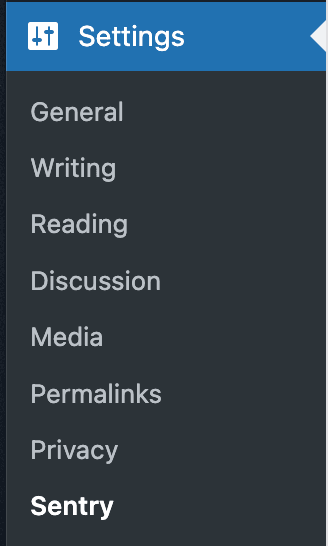Overview
This guide focuses on the installation and usage of our WordPress Plugin.
- For information on our API - Sentry API documentation
- For information on our Redmine plugin - Sentry Redmine documentation
The easy-to-use WordPress plugin that provides quick and simple integration to our privacy-focused service to enhance the security of your site. The plugin works by validating that the user is human. As WordPress lacks native form support, we have prioritised compatibility with the most prevalent form plugins. Regularly updating your installation, along with its installed plugins and themes, is paramount for maintaining security.
On a standard installation, this plugin provides protection for logins and comments. If your preferred form plugin isn’t supported, please contact us, and we’ll do our best to add it to the development roadmap.
You can use the plugin in development mode on locally hosted domains as well. The plugin (as with WordPress Playground) will execute in a demonstration mode without the necessity of connecting to the supporting services.
Installation
-
Download and install the plugin within your WordPress installation and activate the plugin.
-
Once activated you can configure the plugin from the plugin's settings
- This is located in the settings tab - settings > Sentry

- Register using the dialog prompts within the plugin
- This streamlined process will automatically setup the tokens correctly for your WordPress installation.
- If this screen tells you to enable sentry instead then you already have one of our products installed and can simply enable.

- Sentry should now be setup. Customisation for where it appears on your WordPress site is all done in the plugin settings.
- The dashboard is broken into three areas: Configuration, Documentation, and Account management.
- The embedded Documentation within the plugin should give you detailed information about the current range of functions and features. Including the officially supported list of third party plugins, we will update the plugin regularly to ensure continued support for suitable plugins.
- The configuration page gives options over what areas are protected: forms, comments, and logins can be protected. We also give some fine-grained control over what user roles should see the challenges and who can bypass the need to complete the validation.
- Roles can be opted out of requiring a challenge; we don’t assume everyone logged in should be allowed to bypass since some roles do not always require authentication that the user is real.
- The bypass option is available for users who employ Single Sign On or a control panel to access WordPress. You can specify the user names that fall under this category. Please note that we strongly recommend ensuring that these usernames and their passwords are sufficiently obscure to prevent potential spammers from guessing their identities.
